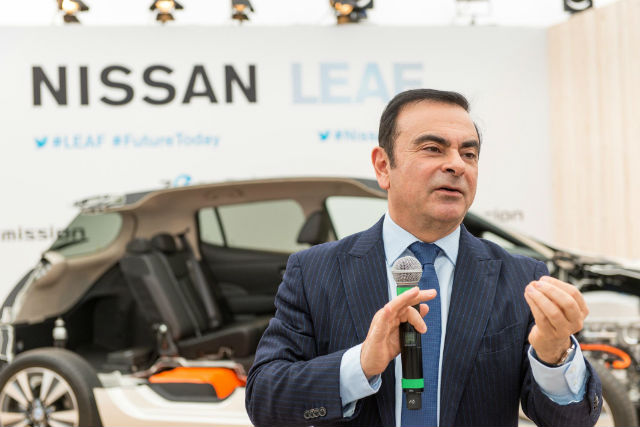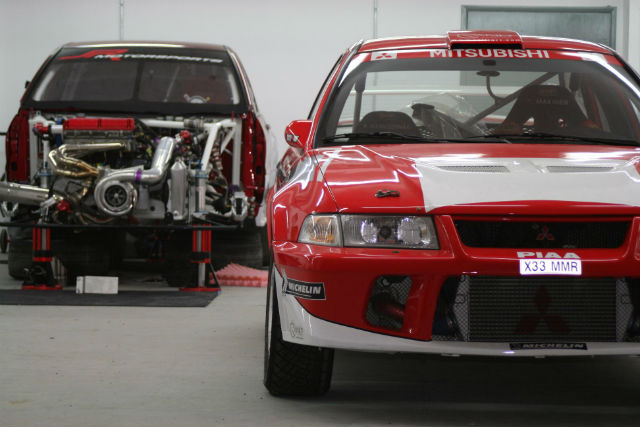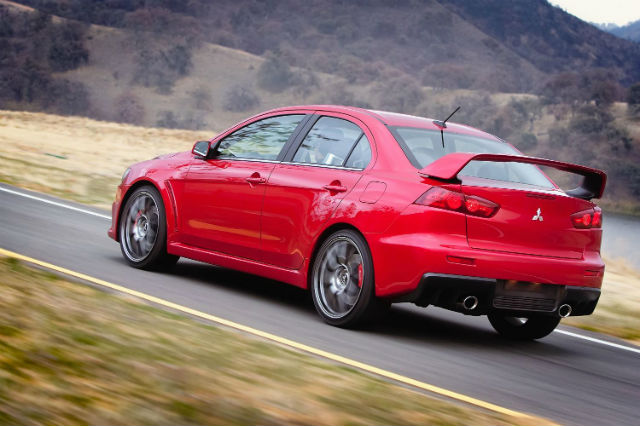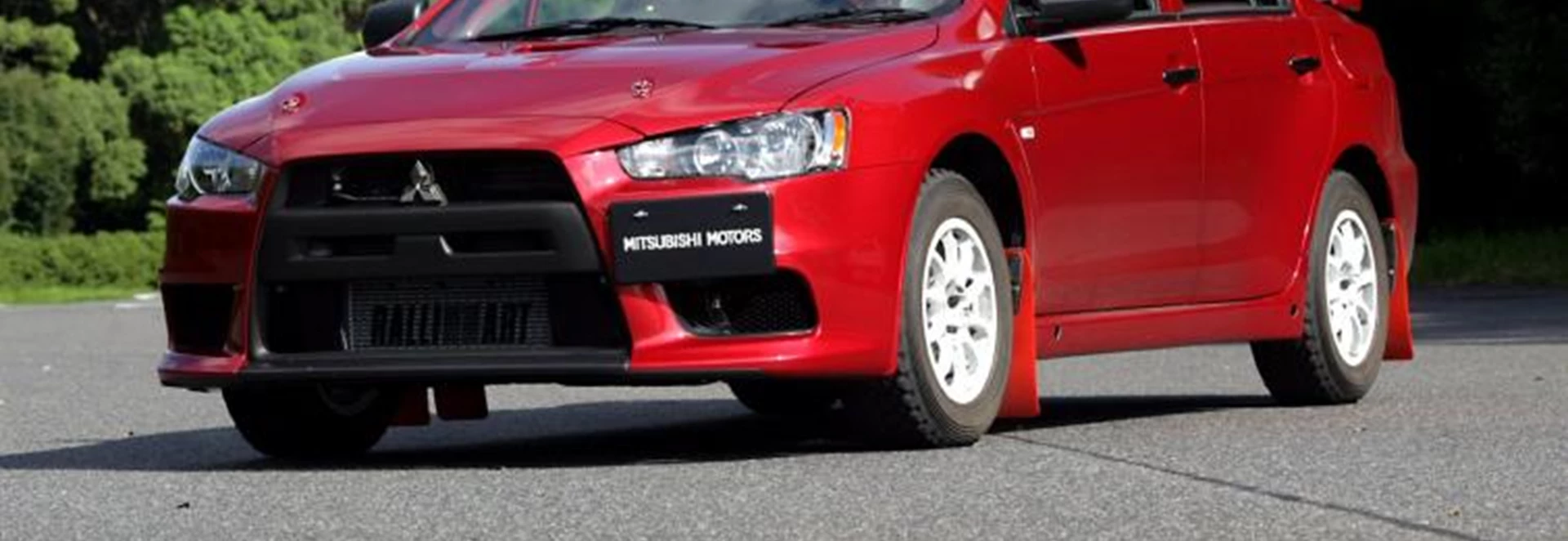Earlier this week, it was announced that Mitsubishi Motors has officially been absorbed into the Renault-Nissan Alliance, after the automotive conglomerate bought a majority stake in the company for approximately £1.5 billion.
Mitsubishi’s been having a hard time of it lately, partly due to falling sales in this part of the world, but mostly thanks to a scandal that rocked the company after it admitted to falsifying fuel consumption tests on some of its cars.
After the news came to light in April that the economy on some 620,000 cars had been faked over the course of a decade, shares plummeted and CEO Osamu Masuko reached out to Nissan for help.
And so Renault-Nissan, headed up by chairman and CEO Carlos Ghosn, now begins the attempt to repair Mitsubishi’s battered reputation, and we reckon key to this will be the return of the famed Mitsubishi Lancer Evolution.
Despite being one of the most recognisable cars of the 1990s and early 2000s, the Evo’s flame started to dim in the past few years as Mitsubishi turned its focus away from performance cars to work on developing electric and hybrid technologies.
The manufacturer first dropped its motorsports programs, and then officially ceased production of the Evo X, the tenth and final version of the Evo, back in May this year. The Evo X had already disappeared from the UK market way before then. Many were keen to know what Mitsubishi had planned next for the Evo name, but the answer was more or less either nothing, or they’d use the badge for something entirely different.
Following the Renault-Nissan takeover that could potentially, and with luck, change. At first glance, a high-horsepower performance car might seem like the absolute last thing Mitsubishi needs, but consider the following evidence first and then make up your mind.

In 1999, Nissan was practically bust. At the time, many automotive companies were undergoing a period of rapid consolidation, and Nissan courted several different firms, most notably Daimler, which found the Japanese marque too much of a risk and chose to partner with Mitsubishi instead.
Renault, itself practically on its last legs, decided to take a chance and invested $5 billion dollars into the company on the agreement that Nissan, when it was stable again, would invest back into Renault.
Ghosn, then deputy to Renault’s president Louis Schweitzer, rounded up a crack team of Renault’s best employees and sent them to Tokyo. Almost single-handedly, Ghosn made Nissan profitable within a year and took over as CEO in 2001. He had to cut 21,000 jobs to do it, but instead of being reviled, Japan thanked him for saving Nissan with his likeness appearing in manga series’ and even on bento boxes.

Even to a flagging company, Ghosn is a firm believer in the power of the performance car to boost sales. At the Paris Motor Show earlier this year, he said that both Renault and Nissan would continue to make sports cars “because it’s so important for the storytelling”.
In other words, it might be cars like the Qashqai and the Clio that keep Renault-Nissan’s cash registers ringing, but they’re not the cars that grab magazine covers, which generate hundreds of thousands of hits on YouTube or which inspire generations of car fans to believe in a brand.
For Mitsubishi, the problem isn’t just financial. It’s a company which needs consumers to believe in it again; it needs that beacon, that halo car to sit at the top of its range to draw people’s interest.
Case in point: the Nissan GT-R, which was introduced just six years after Ghosn took over as Nissan’s CEO. Is it Nissan’s greatest money-maker? Absolutely not, but even nearly a decade on it’s still the yard stick that virtually every other sports and supercar is measured against.

The GT-R has set more chins wagging about Nissan than any other model that it makes, or indeed any other that it’s ever made save for the GT-R’s direct Skyline ancestors. Need more evidence? Just look at the other side of the fence where Renaultsport sits.
There are now more fast Renaults than ever before, with boatloads of new and epically fast cars like the Renaultsport Megane, the upcoming Clio RS 16 and hotter versions of cars like the Twingo on the way too. Even the regular Megane, which is available in warm-hatch GT form, is still a phenomenal performance machine with built-in launch control and four-wheel steering.
Under Ghosn, Renault even reinvigorated the Alpine brand, a much-loved but long-gone sports car company that’ll bring out its first new car in 20 years, which is due to be the first in a whole new range of Alpine-badged cars.
Again, it’s unlikely that any of these cars will boost Renault’s profits, but they’re the ones that people look at the most. According to reports, there are more on the way too, both from Renaultsport and from Nissan’s NISMO performance division.

That’s what Mitsubishi needs. It needs its NISMO, its Renaultsport. As it stands, the manufacturer needs saving from itself and the best way to achieve that comes in the form of an Evo.
It could even make use of Mitsubishi’s hard work in the EV segment, potentially with hybrid power like the next BMW M3 is rumoured to have. That way, it would bridge the gap between the car that people most want to see and the direction that Mitsubishi itself wants to head in. Remember the Evo MIEV?
Of course, nothing is certain yet and it’s understood that Renault-Nissan will be prioritising the development of closer working relationships between the three manufacturers and also creating shared platforms for each manufacturer to use.
But even that’s more evidence for the Evo’s return; if Renault-Nissan has all these spare parts lying around, why not use it for a fast Mitsubishi instead of concentrating just on Nissan and Renault cars?
Despite any previous statements to the contrary, nothing is impossible in the automotive world. Could rumours of the Lancer Evo’s death be greatly exaggerated? With once-gone names like the Mazda RX and the Toyota Supra now poised for a major comeback, a new Mitsubishi Evo doesn’t seem that far out of the realms of possibility.




